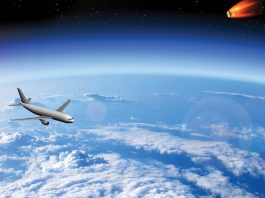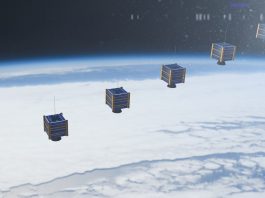CU Aerospace is working to reduce dangerous space debris with the development of its responsible space micropropulsion systems.
Spun out of the University of Illinois Aerospace Engineering Department in 1998, Champaign Urbana Aerospace (CU Aerospace) is working to improve the currently available technology in the aerospace industry to enhance both flight and space flight, and to combat the growing problem of dangerous space debris that threatens to hinder future space exploration and commercial space flight.
Tackling space debris
Currently, there are around 33,000 pieces of space debris larger than 10cm in Low Earth Orbit (LEO). At this altitude, the debris can travel at a velocity of 8km a second – the equivalent of 17,000 mph. Satellites that are past end-of-life and objects that have collided with each other in space can create this debris which scatters around, which can cause a chain reaction known as ‘Kessler syndrome’ whereby thousands of smaller pieces of debris are created through the collision.
This problem means satellites and people are unable to launch safely through the debris field.
By focusing on micropropulsion systems for small spacecraft, CU Aerospace believes that its innovative technology can enhance current systems for orbiting and manoeuvrability to alleviate the escalating problem of orbital space debris.
CU Aerospace has developed small, low-risk, cost-effective micropropulsion technologies incorporating triple purpose thrusters that can:
- Extend missions by raising the orbit to a higher altitude
- Enable orbital collision avoidance
- Be used at end-of-life after a mission has been completed to re-enter the Earth’s atmosphere, decreasing the potential of orbital debris
Working with the greatest minds in aerospace
To innovate the aerospace industry, CU Aerospace has been working symbiotically with the University of Illinois for more than 20 years. The long-standing relationship has facilitated CU Aerospace to work with some of the greatest minds in engineering and aerospace. Students at the university can act as interns at CU Aerospace, and work on real world space technology projects.
One of these projects was the Drag Sail Mission to mitigate space debris. Thin solar sail film can interact with the low density atmosphere in LEO to create drag and slow a satellite down for deorbiting. This enables the satellite to return to the Earth’s atmosphere where it can burn up safely – something that is desperately needed to clear LEO space debris.
In this video, CU Aerospace explores the innovative systems it has developed that are part of a new generation of commercial space technology that reduce debris-related risk and help small companies enhance their satellites with micropropulsion tech in a cost-effective manner.








